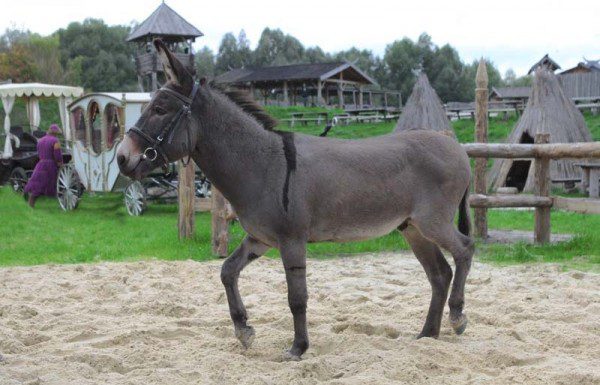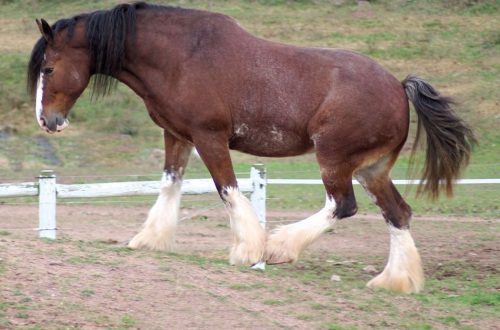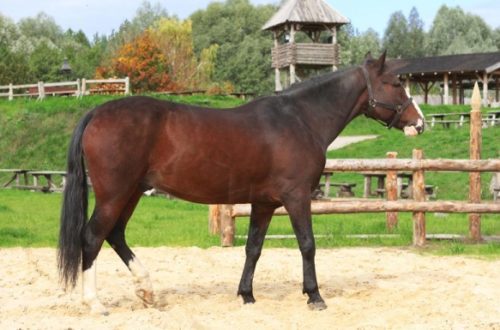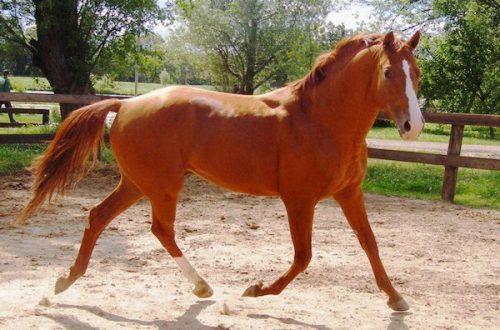
Donkey and donkey

History
Donkey is a species of mammals of the horse family. Domestic donkeys are descended from the wild African donkey. The domestication of donkeys occurred about 4000 years ago, that is, simultaneously or even a little earlier than the domestication of the horse. The center of domestication was Ancient Egypt and the adjacent regions of North Africa and the Arabian Peninsula.
The first domestic donkeys were used as pack, draft and productive animals. The scope of their application was very wide: donkeys were used not only for agricultural work, for meat, milk, but also as fighting ones. It is known that the ancient Sumerian war chariots were dragged by four donkeys.
Initially, these animals enjoyed honor among people, their maintenance was very profitable and gave the owner of the donkey noticeable advantages over foot fellow citizens, so they quickly spread throughout all the countries of the Near and Middle East, a little later they came to the Caucasus and Southern Europe.
Now the world population of these animals is 45 million, despite the fact that in developed countries they were replaced by mechanized transport. The donkey is a symbol of the US Democratic Party and the Spanish province of Catalonia.
Exterior Features
The donkey is a long-eared animal, with a heavy head, thin legs and a short mane that reaches only to the ears. Depending on the breed, donkeys can have a height of 90-163 cm, the height of thoroughbred donkeys can vary from the size of a pony to the size of a good horse. The largest are considered representatives of the Poitan and Catalan breeds. The weight of adult animals is from 200 to 400 kg.
The donkey’s tail is thin, with a brush of coarse hair at the end. The coloration is gray or grayish-sandy, a dark stripe runs along the back, which at the withers sometimes intersects with the same dark shoulder stripe.
Application
Donkeys show themselves as very calm, friendly and sociable animals that cannot stand loneliness and easily get used to any neighbors. These animals have one more valuable quality – they are very brave and cheerfully attack small predators that encroach on their offspring or territory. The donkey is quite capable of defending itself in the pasture from stray dogs and foxes, and it protects not only itself, but also nearby grazing animals. This quality of donkeys began to be used on small farms around the world, and now donkeys serve as guards for herds of sheep and goats.
Usually donkeys are used in jobs that involve the transport of heavy loads. The donkey, whose height is only a little more than a meter, can carry a load of up to 100 kg.
Donkey milk is now out of use, although in ancient times it was drunk on a par with camel and sheep milk. According to legend, Queen Cleopatra took rejuvenating donkey milk baths, for which her cortege was always accompanied by a herd of 100 donkeys. Modern donkeys have a new role – they were started simply as companions for children, as well as for demonstration at exhibitions. Exhibitions are held annually on different continents, donkey dressage is also shown at rodeo shows.





